Home>Gardening & Outdoor>Outdoor Recreation & Activities>What To Put Under A Swimming Pool


Outdoor Recreation & Activities
What To Put Under A Swimming Pool
Modified: August 27, 2024
Discover the best options for outdoor recreation and activities to put under your swimming pool. Explore ideas for maximizing your outdoor space with our expert tips.
(Many of the links in this article redirect to a specific reviewed product. Your purchase of these products through affiliate links helps to generate commission for Storables.com, at no extra cost. Learn more)
Introduction
When it comes to setting up a swimming pool, the focus is often on the pool itself – the size, shape, and water features. However, what goes under the pool is equally important. The foundation on which a swimming pool rests plays a crucial role in its stability, durability, and overall performance. Whether it's an above-ground pool or an in-ground one, choosing the right material to place underneath is essential for ensuring the pool's longevity and the safety of those who use it.
The material you choose to put under your swimming pool can impact various factors, including the pool's stability, the comfort of the pool floor, and the protection of the pool liner. Factors such as the type of pool, the local climate, and the existing ground conditions should all be taken into consideration when deciding what to put under a swimming pool.
In this article, we will explore various options for what to put under a swimming pool, ranging from traditional choices like concrete pads and sand bases to more modern alternatives such as foam padding, rubber mats, and interlocking tiles. Each option has its own set of benefits and considerations, and understanding these can help you make an informed decision based on your specific needs and preferences.
By delving into the details of each material and its suitability for different types of swimming pools, we aim to provide you with the knowledge and insight necessary to make the best choice for your swimming pool foundation. Whether you're a seasoned pool owner looking to upgrade your pool's base or a first-time pool installer seeking guidance, this comprehensive guide will equip you with the information needed to ensure a solid and reliable foundation for your swimming pool.
Key Takeaways:
- Choose the right material under your swimming pool to ensure stability, longevity, and safety. Options range from durable concrete pads to eco-friendly grass or turf, each with unique benefits and considerations.
- Consider factors like pool type, climate, and aesthetics when selecting a pool foundation. From traditional choices like sand bases to modern options like foam padding, there’s a variety of materials to suit your specific needs and preferences.
Read more: How To Put In A Swimming Pool Liner
Concrete Pad
A concrete pad is a popular choice for providing a stable and durable base for both above-ground and in-ground swimming pools. It offers a level surface that can effectively support the weight of the pool while preventing uneven settling or shifting over time. When properly installed, a concrete pad can also serve as a protective barrier against moisture and ground-dwelling pests, enhancing the longevity of the pool structure.
To create a concrete pad for your swimming pool, the first step is to prepare the ground by leveling the area and ensuring proper drainage to prevent water accumulation. Next, a formwork is constructed to contain the concrete while it sets, allowing for the desired shape and dimensions of the pad. Reinforcement, such as rebar or wire mesh, may be added to enhance the pad's strength and resilience.
Once the preparation is complete, the concrete is poured and leveled to achieve a smooth and even surface. Proper curing is essential to ensure the strength and durability of the pad. After the concrete has cured, the formwork is removed, and the edges of the pad are finished to create a clean and polished appearance.
One of the key advantages of a concrete pad is its long-term durability. When properly maintained, a well-constructed concrete pad can withstand the elements and heavy pool loads for many years, minimizing the need for frequent repairs or replacements. Additionally, concrete provides a solid and secure foundation that can accommodate various types of pool surfaces, including vinyl liners, fiberglass, and tile.
While a concrete pad offers exceptional stability and protection, it's important to consider potential drawbacks. The installation of a concrete pad requires careful planning and professional expertise to ensure proper execution. Moreover, concrete can be susceptible to cracking over time, especially in regions with fluctuating temperatures or expansive soil conditions. Regular maintenance, such as sealing and addressing any cracks, is essential to preserve the integrity of the pad.
In summary, a concrete pad serves as a robust and reliable option for supporting swimming pools, offering durability, stability, and protection. By understanding the installation process and considering the long-term maintenance requirements, pool owners can make an informed decision regarding the suitability of a concrete pad for their specific pool setup and environmental conditions.
Sand Base
A sand base is a time-tested and versatile option for creating a stable foundation for swimming pools. This method involves spreading a layer of sand over the prepared ground to provide a cushioning and level surface for the pool to rest on. Sand has been a popular choice for pool bases due to its affordability, ease of installation, and ability to conform to the shape of the pool bottom, making it suitable for various pool designs and sizes.
To create a sand base for a swimming pool, the first step is to excavate the area to the desired depth, ensuring proper compaction of the soil to prevent settling. Once the ground is prepared, a layer of sand is evenly spread and leveled to create a smooth and uniform surface. The thickness of the sand layer is typically determined based on the specific pool requirements and the soil conditions, with the aim of providing adequate support and cushioning for the pool structure.
One of the key advantages of a sand base is its ability to accommodate different types of pool bottoms, including vinyl liners and fiberglass. The soft and forgiving nature of sand helps to protect the pool liner from abrasions and punctures, enhancing its longevity and minimizing the risk of damage. Additionally, sand provides a comfortable and non-slip surface for swimmers, contributing to an enjoyable pool experience.
While a sand base offers several benefits, it's important to consider potential drawbacks. Over time, sand may shift or settle, requiring periodic leveling and maintenance to ensure the pool remains stable and level. Moreover, in regions prone to heavy rainfall or flooding, proper drainage measures must be in place to prevent the sand from washing away or becoming waterlogged.
In summary, a sand base presents a cost-effective and adaptable option for supporting swimming pools, offering cushioning, compatibility with various pool bottoms, and a comfortable surface for swimmers. By understanding the installation process and considering the maintenance requirements, pool owners can determine whether a sand base is a suitable choice for their specific pool setup and environmental conditions.
Foam Padding
Foam padding has emerged as a popular choice for providing a protective and comfortable underlayment for swimming pools. This innovative material offers a range of benefits, making it a compelling option for both above-ground and in-ground pool installations.
Foam padding is designed to create a cushioning layer between the pool base and the ground, effectively absorbing impact and minimizing the risk of damage to the pool structure. The soft and resilient nature of foam padding provides a comfortable and supportive surface for the pool bottom, enhancing the overall swimming experience for users. Additionally, foam padding can help to insulate the pool, reducing heat loss and potentially extending the swimming season in cooler climates.
The installation of foam padding involves laying out the material over the prepared ground, ensuring a smooth and even coverage that aligns with the dimensions of the pool. The lightweight and flexible characteristics of foam padding allow it to conform to the shape of the pool bottom, creating a seamless and uniform underlayment. This adaptability makes foam padding suitable for various pool designs and sizes, providing a versatile solution for pool owners.
One of the key advantages of foam padding is its ability to protect the pool liner from abrasions, tears, and punctures. By serving as a cushioning layer, foam padding helps to safeguard the integrity of the pool liner, extending its lifespan and reducing the need for frequent repairs or replacements. Moreover, the thermal insulation properties of foam padding can contribute to energy savings by minimizing heat loss through the pool base.
Foam padding is available in different thicknesses and densities, allowing pool owners to select the most suitable option based on their specific needs and preferences. Thicker foam padding can offer enhanced cushioning and insulation, while denser variations provide added durability and support. Additionally, some foam padding products feature interlocking designs or adhesive backing, facilitating easy installation and ensuring a secure and seamless underlayment.
While foam padding offers numerous benefits, it's important to consider potential considerations. Proper drainage and moisture resistance measures should be in place to prevent water accumulation and mold growth beneath the foam padding. Additionally, periodic inspection and maintenance are recommended to ensure the integrity and performance of the foam padding over time.
In summary, foam padding presents a compelling option for creating a protective, comfortable, and energy-efficient underlayment for swimming pools. By understanding the characteristics and installation considerations of foam padding, pool owners can make an informed decision regarding its suitability for their specific pool setup and environmental conditions.
Rubber Mat
A rubber mat serves as a versatile and resilient option for creating a protective and stable foundation for swimming pools. This innovative material offers a range of benefits, making it a compelling choice for both above-ground and in-ground pool installations.
Rubber mats are designed to provide a cushioning layer between the pool base and the ground, effectively absorbing impact and minimizing the risk of damage to the pool structure. The durable and flexible nature of rubber mats ensures a comfortable and supportive surface for the pool bottom, enhancing the overall swimming experience for users. Additionally, rubber mats can help to insulate the pool, reducing heat loss and potentially extending the swimming season in cooler climates.
The installation of rubber mats involves laying out the material over the prepared ground, ensuring a smooth and even coverage that aligns with the dimensions of the pool. The interlocking design of rubber mats allows for easy installation and customization to fit the specific shape and size of the pool area. This adaptability makes rubber mats suitable for various pool designs and sizes, providing a versatile solution for pool owners.
One of the key advantages of rubber mats is their ability to protect the pool liner from abrasions, tears, and punctures. By serving as a resilient underlayment, rubber mats help to safeguard the integrity of the pool liner, extending its lifespan and reducing the need for frequent repairs or replacements. Moreover, the thermal insulation properties of rubber mats can contribute to energy savings by minimizing heat loss through the pool base.
Rubber mats are available in different thicknesses and designs, allowing pool owners to select the most suitable option based on their specific needs and preferences. Thicker rubber mats can offer enhanced cushioning and insulation, while textured or perforated variations provide added traction and drainage capabilities. Additionally, the durable and weather-resistant characteristics of rubber mats ensure long-term performance and reliability.
While rubber mats offer numerous benefits, it's important to consider potential considerations. Proper drainage and moisture resistance measures should be in place to prevent water accumulation beneath the rubber mats. Additionally, periodic inspection and maintenance are recommended to ensure the integrity and performance of the rubber mats over time.
In summary, rubber mats present a compelling option for creating a protective, comfortable, and energy-efficient underlayment for swimming pools. By understanding the characteristics and installation considerations of rubber mats, pool owners can make an informed decision regarding their suitability for their specific pool setup and environmental conditions.
Consider using a layer of sand or a protective pool pad to provide a smooth and level base for your swimming pool. This will help prevent damage to the pool liner and ensure a more stable and comfortable surface for swimming.
Read more: What To Put Under Above Ground Pool On Grass
Geotextile Fabric
Geotextile fabric has gained recognition as a versatile and effective material for creating a reliable foundation for swimming pools. This specialized fabric is engineered to offer a range of benefits, making it a compelling choice for both above-ground and in-ground pool installations.
Geotextile fabric serves as a durable and protective layer between the pool base and the ground, providing essential separation, filtration, and reinforcement functions. The fabric's permeable nature allows water to pass through while preventing the mixing of different soil layers, thereby promoting proper drainage and preventing soil erosion. This characteristic is particularly valuable in areas with varying soil compositions or high water tables, where maintaining soil stability and preventing subsidence are crucial considerations for pool installations.
The installation of geotextile fabric involves laying the material over the prepared ground, ensuring a smooth and even coverage that aligns with the dimensions of the pool area. The fabric's high tensile strength and puncture resistance contribute to its ability to provide reliable support and protection for the pool structure. Additionally, geotextile fabric helps to minimize the risk of sharp objects or rough surfaces in the ground causing damage to the pool liner, enhancing the longevity and integrity of the pool base.
One of the key advantages of geotextile fabric is its ability to reinforce the ground and distribute the load of the pool, thereby reducing the potential for settling or uneven subsidence. By effectively distributing the weight of the pool, geotextile fabric helps to create a stable and level foundation, minimizing the need for extensive ground preparation and ensuring long-term structural integrity.
Geotextile fabric is available in various thicknesses and grades, allowing pool owners to select the most suitable option based on their specific needs and the soil conditions of the installation site. Thicker geotextile fabric provides enhanced reinforcement and protection, while lighter variations offer flexibility and ease of installation. Additionally, the UV resistance and weatherproof characteristics of geotextile fabric ensure long-term performance and durability in outdoor environments.
While geotextile fabric offers numerous benefits, it's important to consider potential considerations. Proper installation techniques and compatibility with other pool base materials should be carefully evaluated to maximize the effectiveness of the fabric. Additionally, periodic inspection and maintenance are recommended to ensure the integrity and performance of the geotextile fabric over time.
In summary, geotextile fabric presents a compelling option for creating a stable, protective, and long-lasting foundation for swimming pools. By understanding the characteristics and installation considerations of geotextile fabric, pool owners can make an informed decision regarding its suitability for their specific pool setup and environmental conditions.
Grass or Turf
Grass or turf presents a unique and naturalistic option for creating a visually appealing and environmentally friendly foundation for swimming pools. This alternative stands in contrast to traditional materials, offering a blend of aesthetic charm, practical benefits, and ecological considerations.
The installation of grass or turf involves preparing the ground to ensure proper drainage and soil compaction. Once the ground is ready, a layer of topsoil is spread, providing a fertile and nurturing base for the grass or turf to thrive. The selection of grass species or turf varieties is a critical aspect, as it determines the overall appearance, resilience, and maintenance requirements of the pool surroundings.
One of the key advantages of using grass or turf as a pool foundation is its ability to seamlessly integrate the pool area with the surrounding landscape. The lush greenery and soft texture of grass or turf create a natural and inviting ambiance, enhancing the overall aesthetics of the pool environment. Additionally, grass or turf provides a comfortable and non-slip surface for swimmers, contributing to a pleasant and harmonious outdoor experience.
In terms of environmental benefits, grass or turf contributes to soil stability, erosion control, and air purification. The natural root systems of grass help to anchor the soil, preventing erosion and promoting water infiltration. Furthermore, grass and turf act as natural air purifiers, absorbing carbon dioxide and releasing oxygen, thereby enhancing the air quality in the pool vicinity.
While grass or turf offers numerous benefits, it's important to consider potential considerations. Proper irrigation, fertilization, and maintenance are essential to ensure the health and vibrancy of the grass or turf. Additionally, the selection of grass or turf varieties should align with the local climate and soil conditions to promote successful establishment and long-term sustainability.
In summary, grass or turf presents a compelling and eco-friendly option for creating a visually appealing, comfortable, and environmentally conscious foundation for swimming pools. By understanding the characteristics and maintenance considerations of grass or turf, pool owners can make an informed decision regarding its suitability for their specific pool setup and environmental conditions.
Interlocking Tiles
Interlocking tiles offer a modern and versatile solution for creating a stable and visually appealing foundation for swimming pools. These specially designed tiles are engineered to interlock seamlessly, providing a durable and customizable surface that enhances the aesthetics and functionality of the pool area.
The installation of interlocking tiles involves preparing the ground to ensure proper compaction and drainage. Once the ground is ready, the interlocking tiles are laid out in a precise pattern, creating a uniform and secure surface for the pool base. The interlocking mechanism of the tiles ensures a seamless connection, resulting in a smooth and level foundation for the pool.
One of the key advantages of interlocking tiles is their adaptability and customization options. These tiles are available in a variety of materials, colors, and designs, allowing pool owners to create a personalized look that complements their outdoor space. Whether it's a sleek modern design or a natural stone aesthetic, interlocking tiles offer versatility and style flexibility.
In addition to their visual appeal, interlocking tiles provide a durable and low-maintenance foundation for swimming pools. The robust materials used in the construction of these tiles offer resistance to wear, fading, and weathering, ensuring long-term performance and aesthetic longevity. Furthermore, the non-slip surface of interlocking tiles enhances safety around the pool area, providing a secure footing for swimmers and poolside activities.
Interlocking tiles also offer ease of installation and replacement, making them a practical choice for pool owners. The modular nature of these tiles allows for straightforward installation and the ability to replace individual tiles if needed, minimizing downtime and maintenance costs. Additionally, interlocking tiles can be installed over various surfaces, including concrete, compacted sand, or existing decking, providing flexibility in application.
While interlocking tiles offer numerous benefits, it's important to consider potential considerations. Proper drainage and sub-base preparation are essential to ensure the stability and longevity of the tile installation. Additionally, selecting tiles with UV resistance and slip-resistant properties is crucial for maintaining safety and performance in outdoor pool environments.
In summary, interlocking tiles present a contemporary and customizable option for creating a durable, visually appealing, and low-maintenance foundation for swimming pools. By understanding the characteristics and installation considerations of interlocking tiles, pool owners can make an informed decision regarding their suitability for their specific pool setup and aesthetic preferences.
Pavers or Bricks
Pavers or bricks offer a timeless and elegant solution for creating a durable and visually striking foundation for swimming pools. These versatile materials have been favored for their ability to enhance the aesthetics of outdoor spaces while providing a robust and customizable surface for pool installations.
The installation of pavers or bricks involves meticulous groundwork to ensure proper compaction and drainage. Once the ground is prepared, the pavers or bricks are carefully laid out in a chosen pattern, creating a cohesive and level surface for the pool base. The interlocking nature of pavers or bricks ensures a secure and stable foundation, capable of withstanding the weight of the pool and the demands of outdoor environments.
One of the key advantages of pavers or bricks is their aesthetic appeal and design versatility. These materials are available in a wide range of colors, shapes, and textures, allowing pool owners to create custom patterns and designs that complement their outdoor landscape. Whether it's a classic brick layout, a contemporary paver design, or a natural stone appearance, pavers or bricks offer flexibility and style options to suit diverse preferences.
In addition to their visual charm, pavers or bricks provide a durable and low-maintenance foundation for swimming pools. The robust materials used in the construction of pavers or bricks offer resistance to wear, fading, and weathering, ensuring long-term performance and aesthetic endurance. Furthermore, the non-slip surface of pavers or bricks enhances safety around the pool area, providing a secure footing for swimmers and poolside activities.
Pavers or bricks also offer ease of installation and replacement, making them a practical choice for pool owners. The modular nature of these materials allows for straightforward installation and the ability to replace individual units if needed, minimizing downtime and maintenance costs. Additionally, pavers or bricks can be installed over various surfaces, including concrete, compacted sand, or existing decking, providing versatility in application.
While pavers or bricks offer numerous benefits, it's important to consider potential considerations. Proper drainage and sub-base preparation are essential to ensure the stability and longevity of the installation. Additionally, selecting pavers or bricks with UV resistance and slip-resistant properties is crucial for maintaining safety and performance in outdoor pool environments.
In summary, pavers or bricks present a timeless and customizable option for creating a durable, visually appealing, and low-maintenance foundation for swimming pools. By understanding the characteristics and installation considerations of pavers or bricks, pool owners can make an informed decision regarding their suitability for their specific pool setup and aesthetic preferences.
Read more: What Is An Infinity Swimming Pool
Conclusion
Choosing the right material to place under a swimming pool is a decision that significantly impacts the pool's stability, longevity, and overall performance. After exploring various options for pool foundations, it becomes evident that each material offers unique benefits and considerations. From traditional choices like concrete pads and sand bases to modern alternatives such as foam padding, rubber mats, and interlocking tiles, pool owners have a diverse array of options to consider.
In conclusion, the selection of the material to put under a swimming pool should be guided by several factors, including the type of pool, local climate, soil conditions, and aesthetic preferences. Concrete pads stand out for their long-term durability and stability, making them suitable for various pool surfaces. Sand bases provide a cost-effective and adaptable option, offering cushioning and compatibility with different pool bottoms. Foam padding and rubber mats offer protective and comfortable underlayment, contributing to the safety and enjoyment of the pool environment. Geotextile fabric serves as a reliable and reinforcing foundation, particularly in areas with varying soil compositions. Additionally, the naturalistic appeal of grass or turf, the modern versatility of interlocking tiles, and the timeless elegance of pavers or bricks present compelling options for pool foundations.
Ultimately, the ideal material for placing under a swimming pool will align with the specific needs and preferences of the pool owner, ensuring a solid and reliable foundation that enhances the overall pool experience. By understanding the characteristics, installation considerations, and maintenance requirements of each material, pool owners can make informed decisions that promote the longevity, safety, and aesthetic appeal of their swimming pools. Whether it's creating a visually striking pool area, prioritizing comfort and safety, or addressing environmental considerations, the choice of pool foundation material plays a pivotal role in shaping the overall functionality and allure of the pool environment.
Frequently Asked Questions about What To Put Under A Swimming Pool
Was this page helpful?
At Storables.com, we guarantee accurate and reliable information. Our content, validated by Expert Board Contributors, is crafted following stringent Editorial Policies. We're committed to providing you with well-researched, expert-backed insights for all your informational needs.
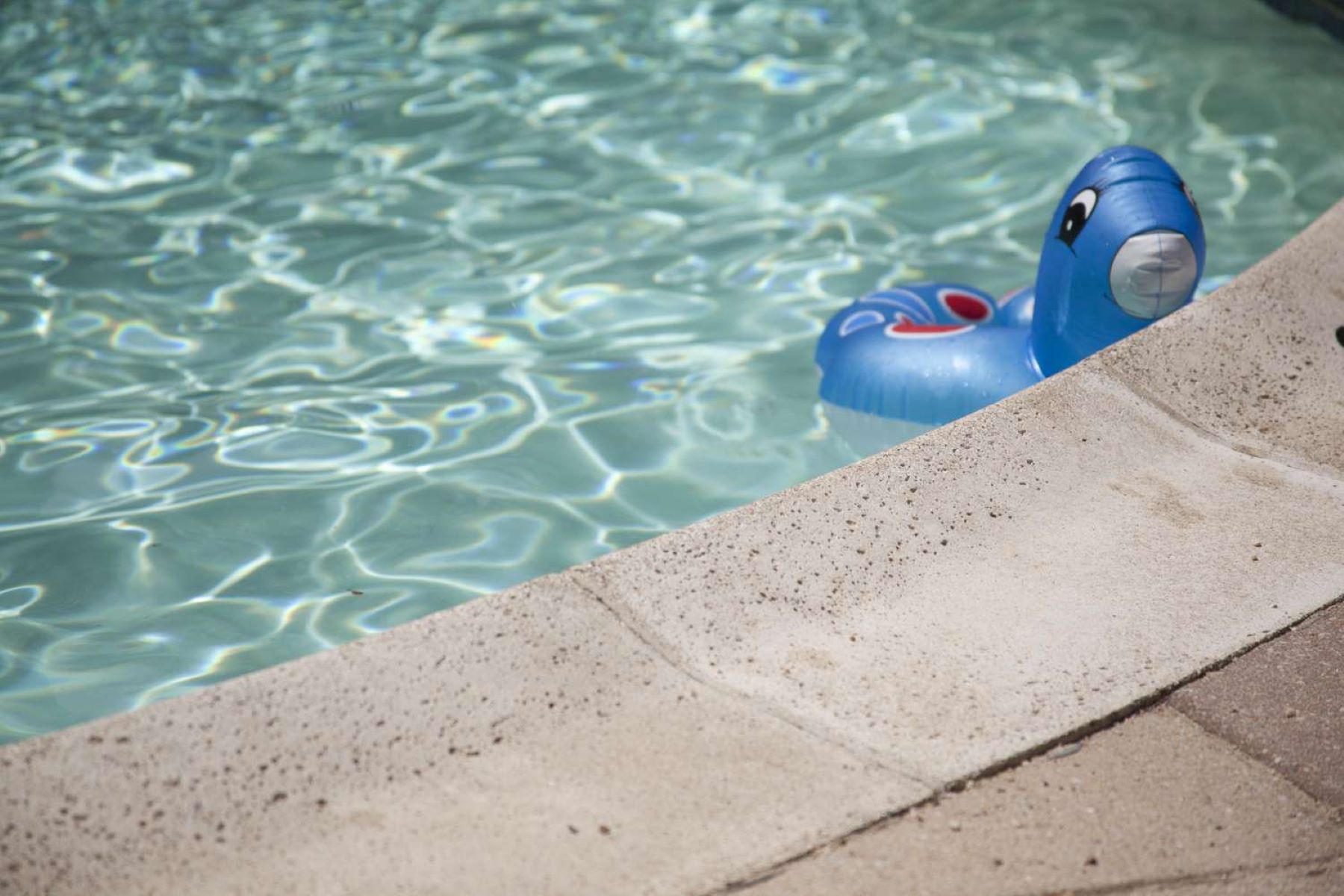

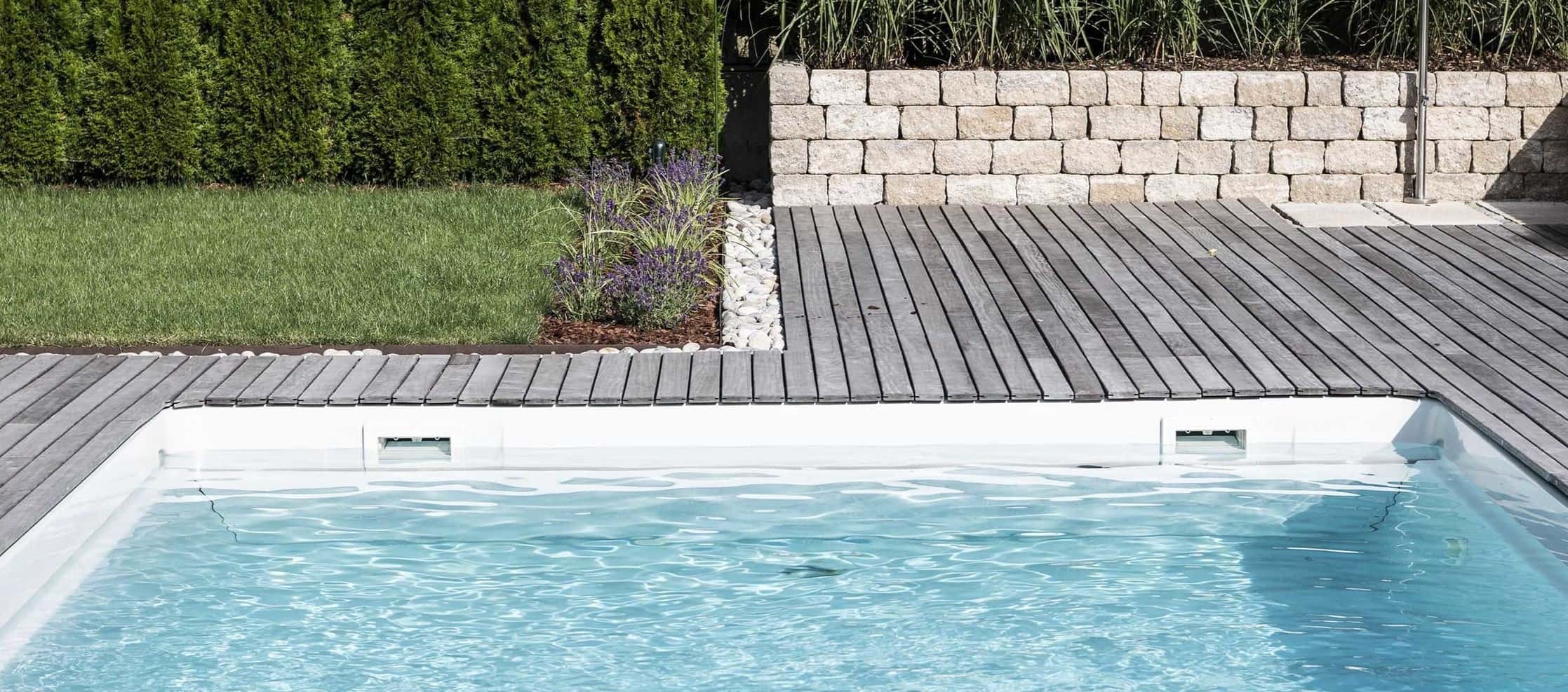
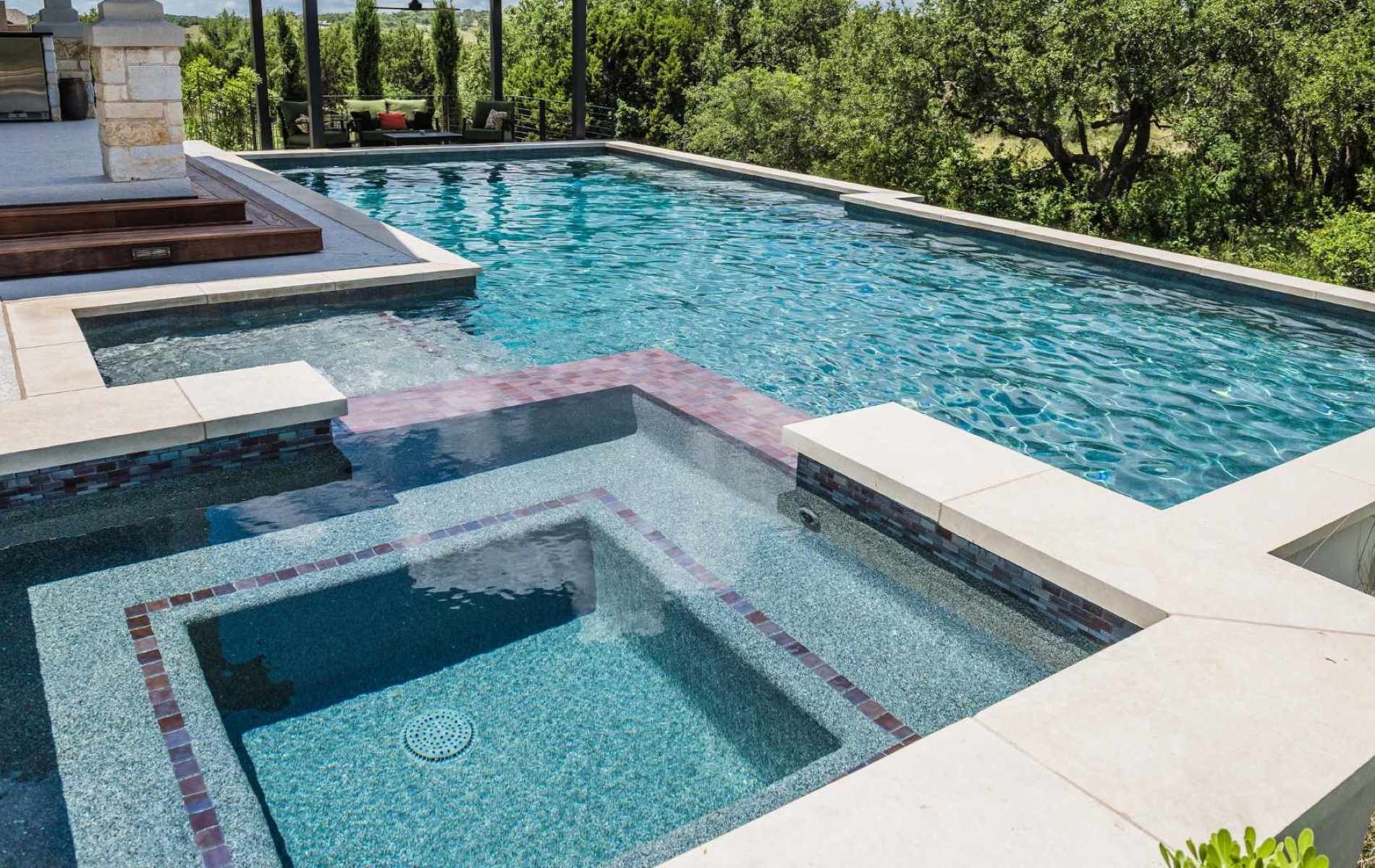
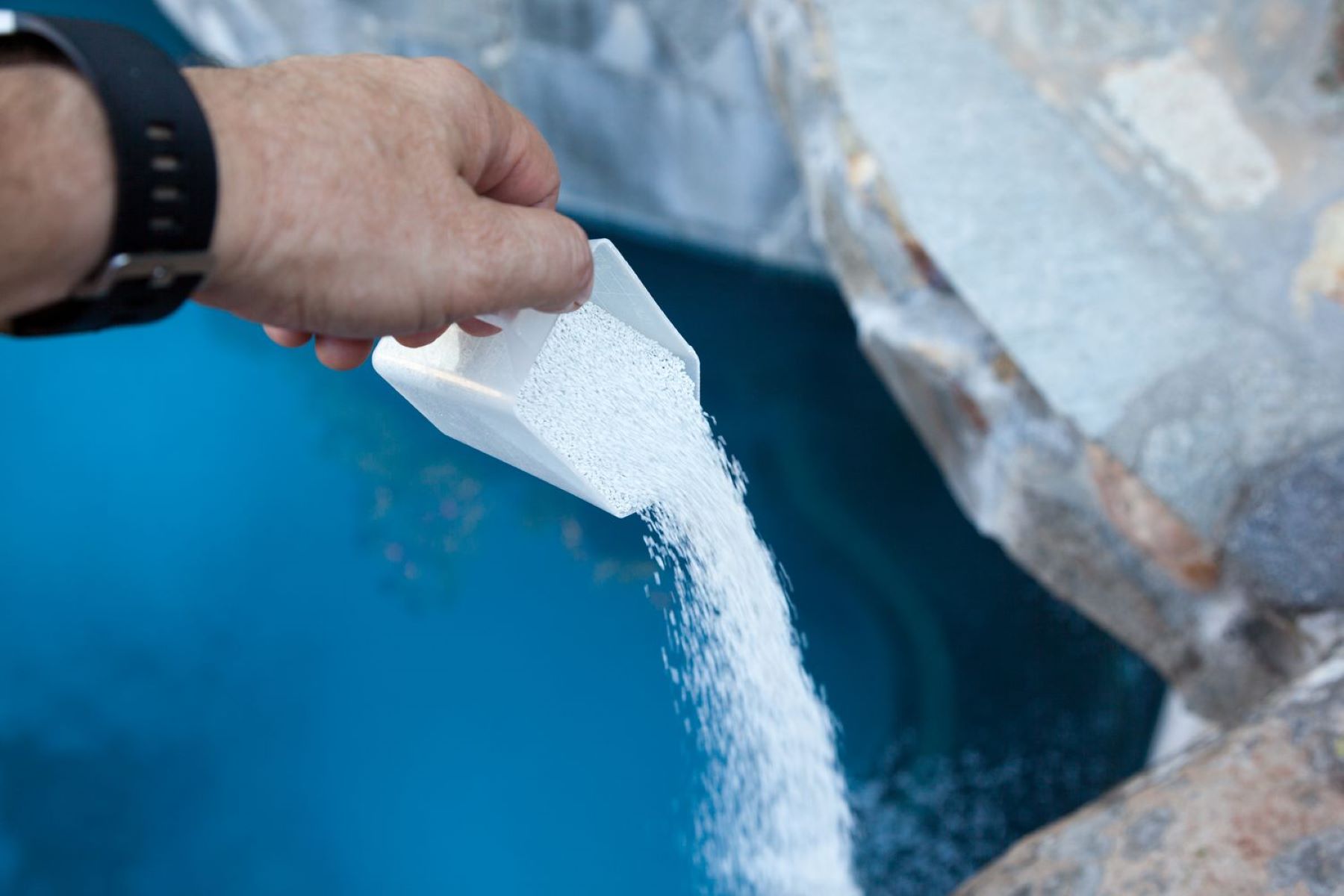
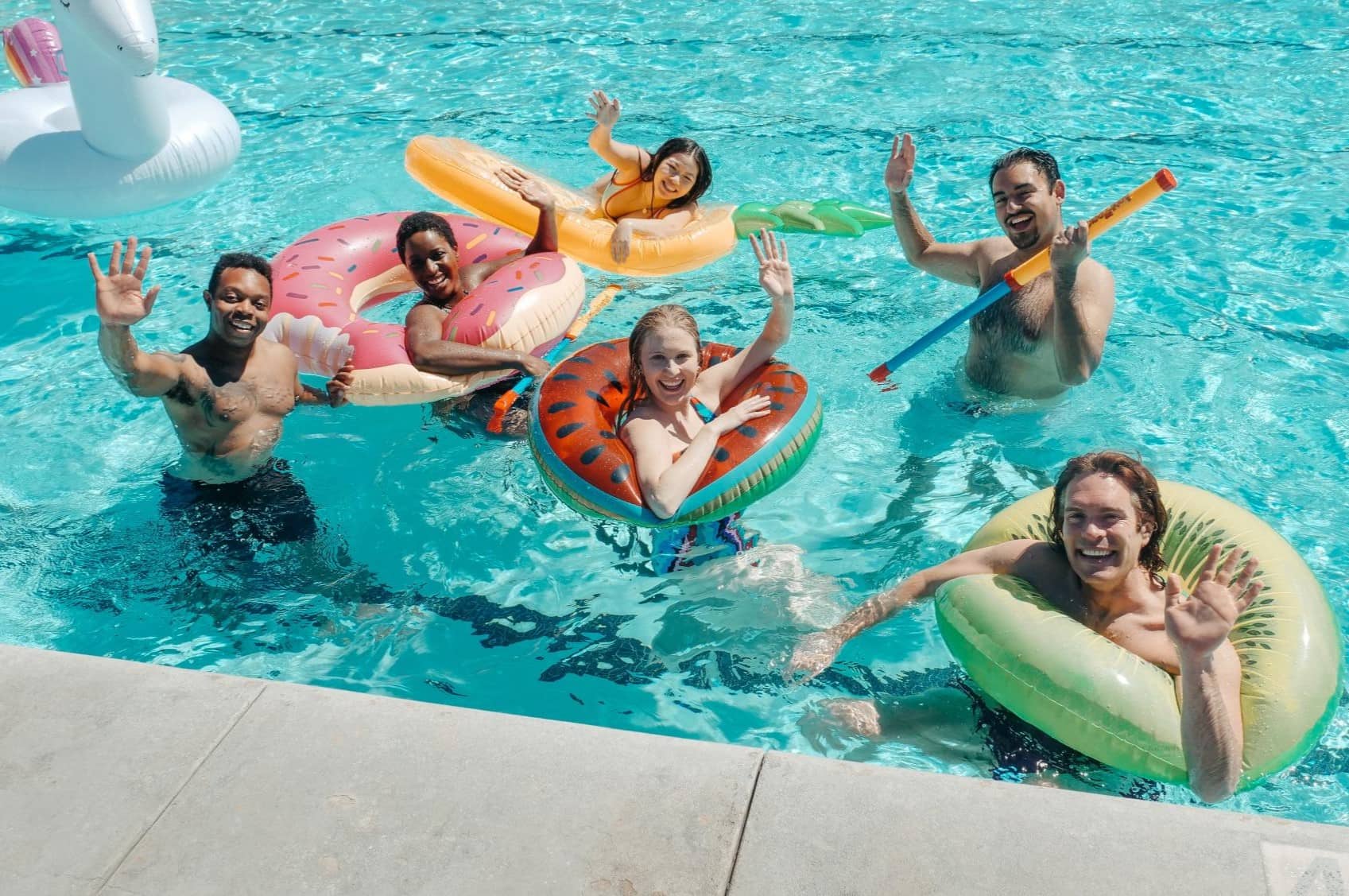
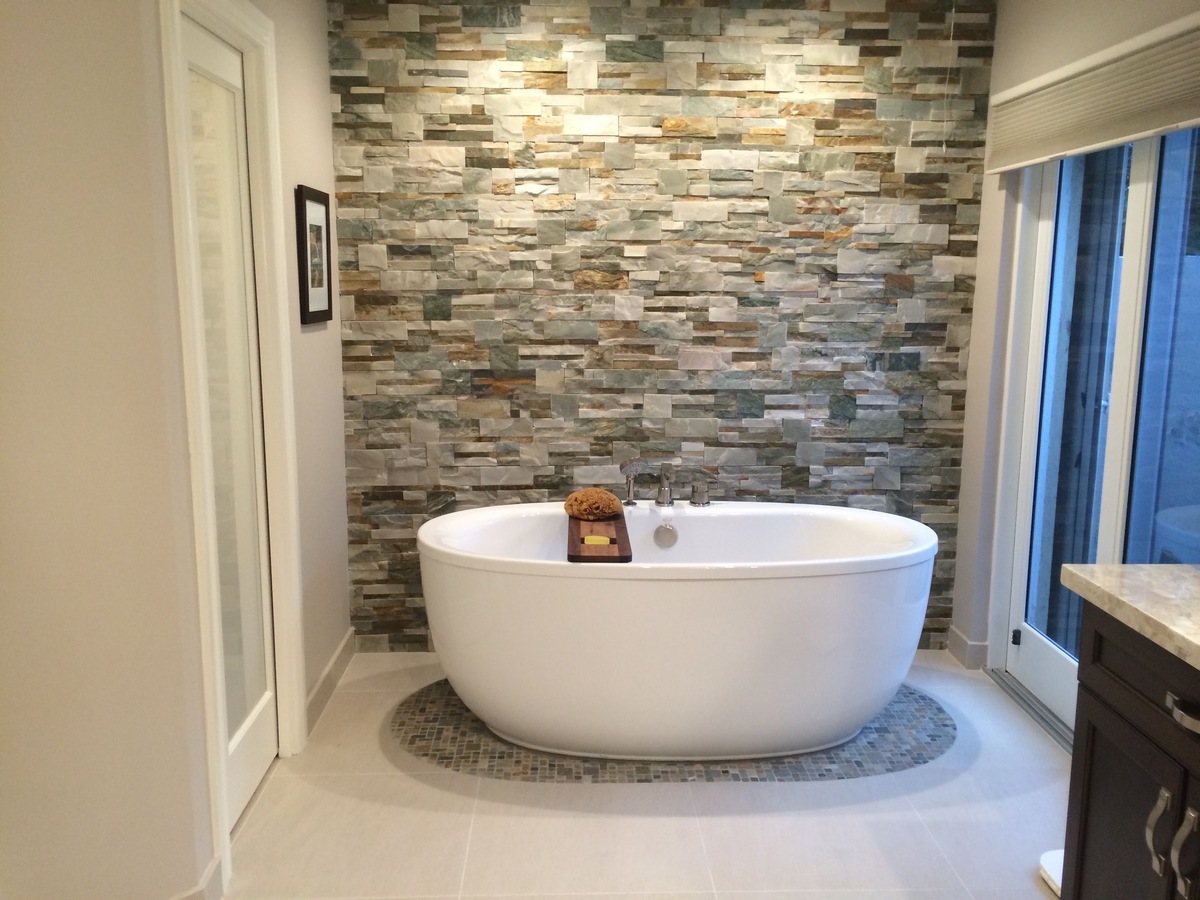
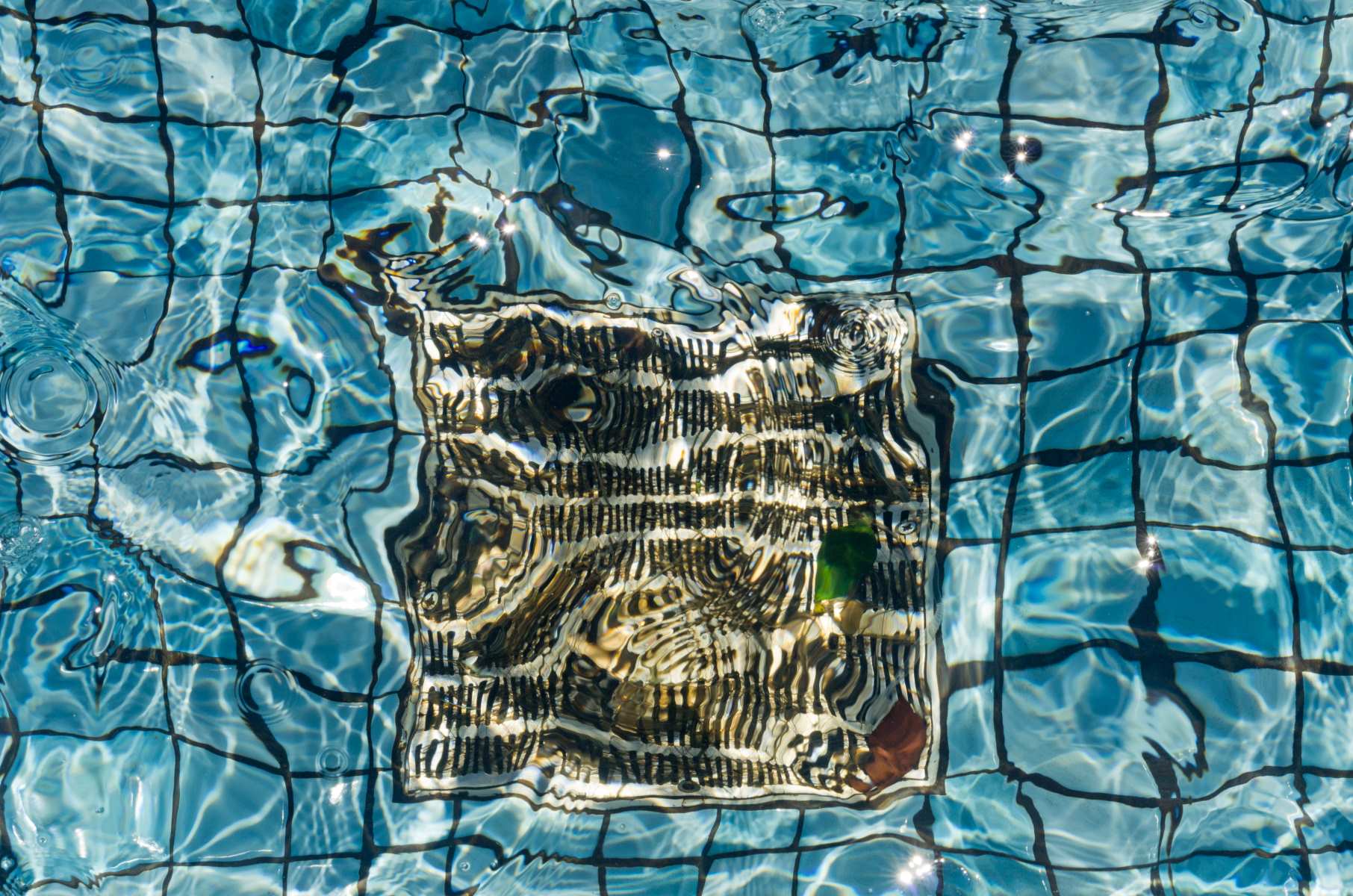

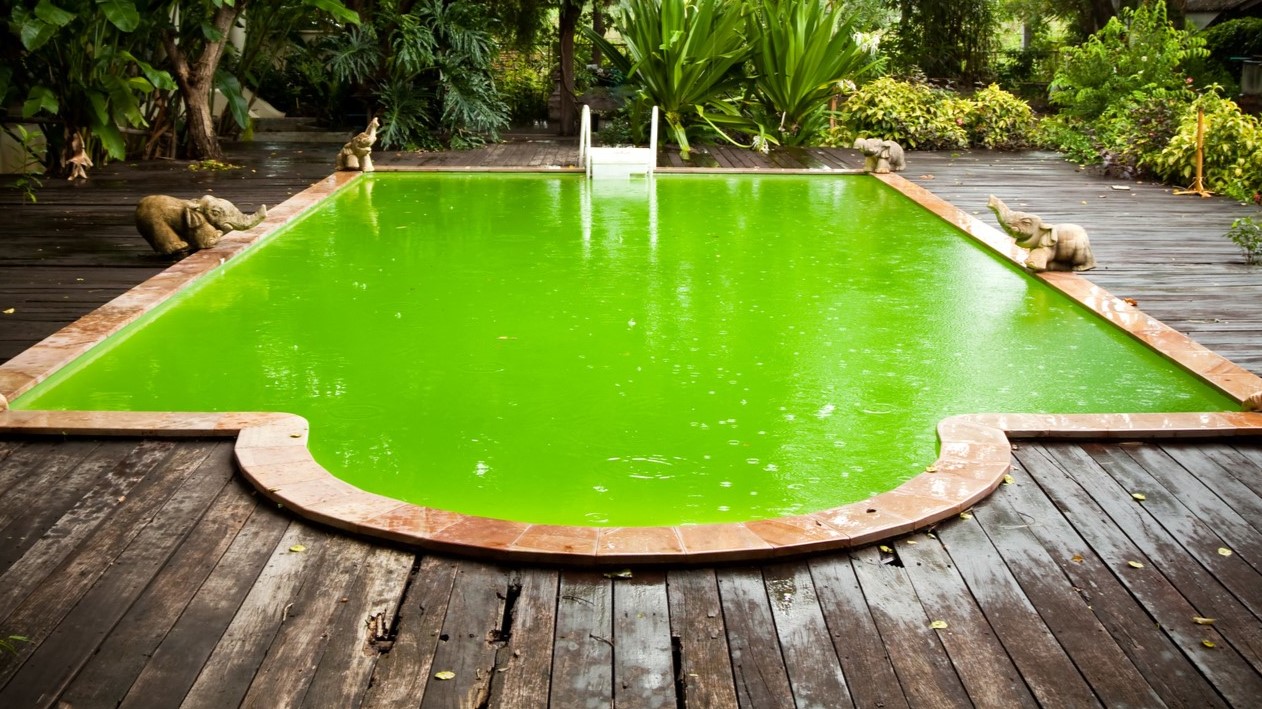
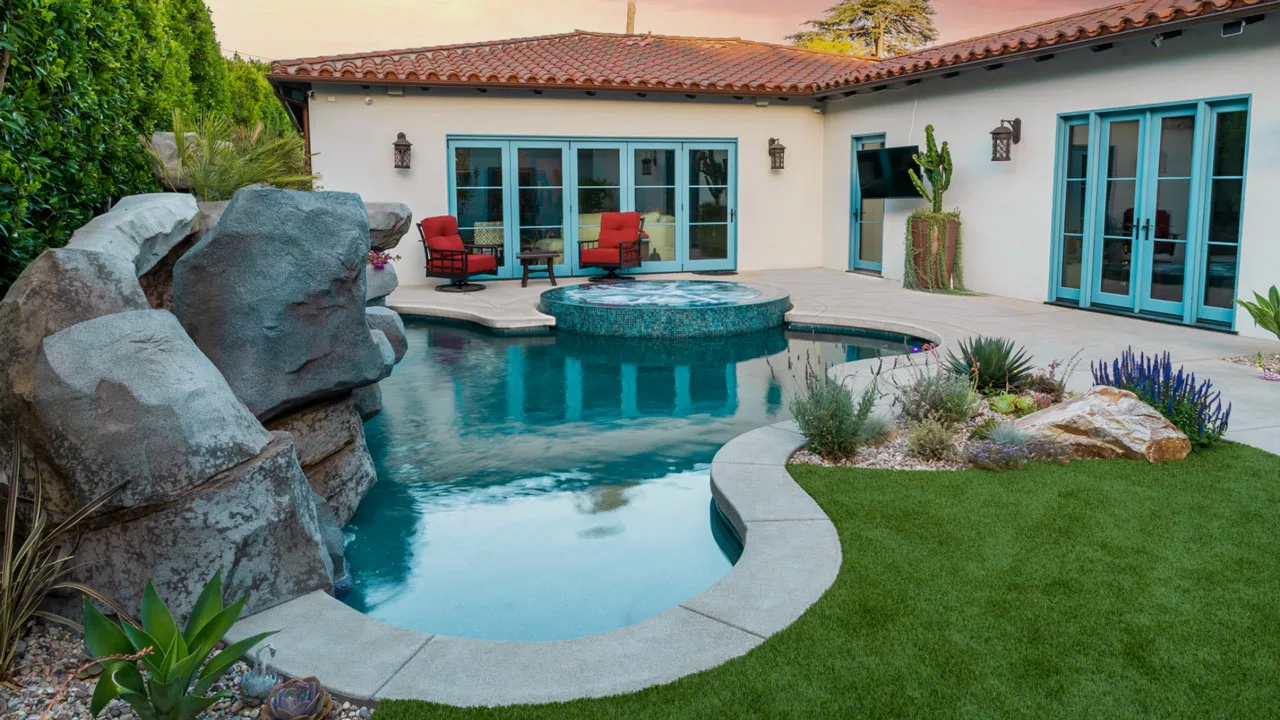
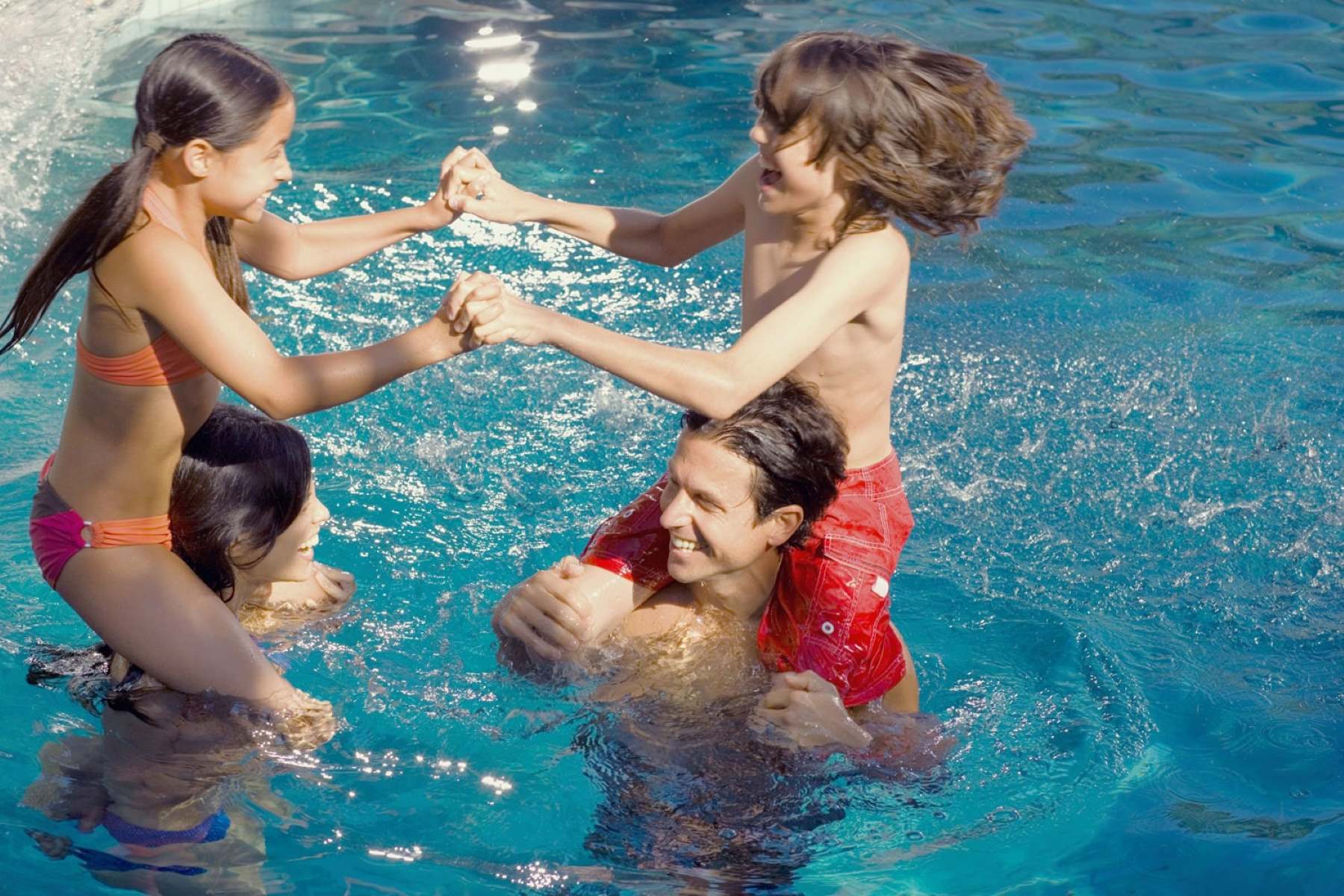
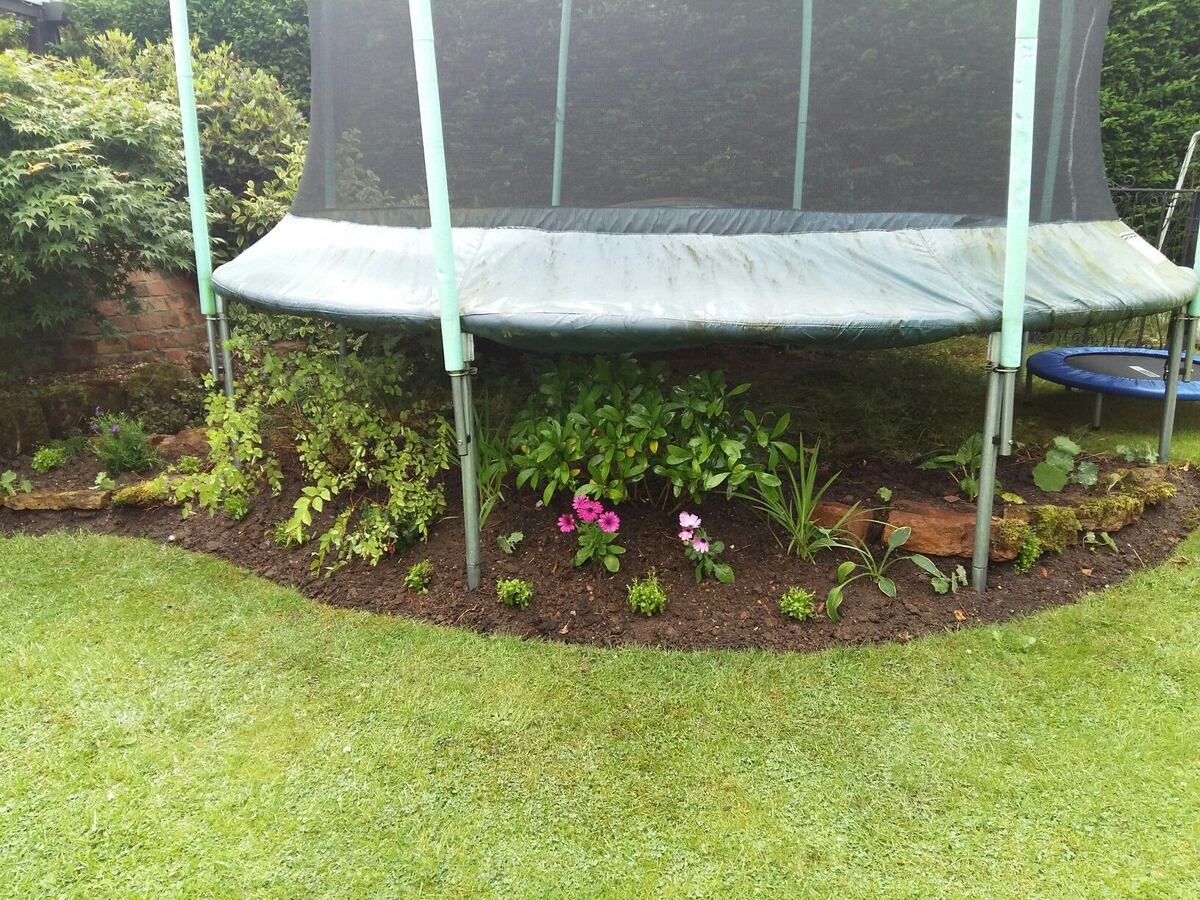

0 thoughts on “What To Put Under A Swimming Pool”